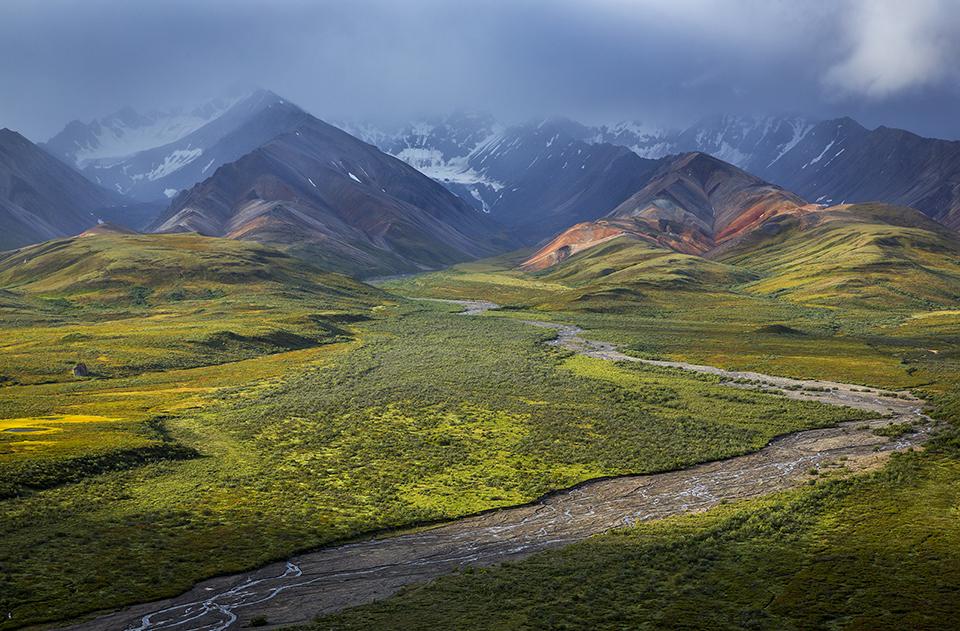
Sun and shadow on Polychrome Pass, Denali National Park and Preserve / Rebecca Latson
Yippee! I made it to a 50th quiz and trivia piece! Since there’s always something to learn about the park units in the National Park System, here’s to creating 50 more. Take this latest quiz and trivia piece and see just how much you really know before checking the answers at the bottom.
1. Most of the mountains at Denali National Park and Preserve are treeless because ___.
a) There isn’t enough water
b) There isn’t enough sun
c) The soil is too depleted in nutrients.
d) Trees don’t grow in northern areas above 3,000 feet (914 meters).
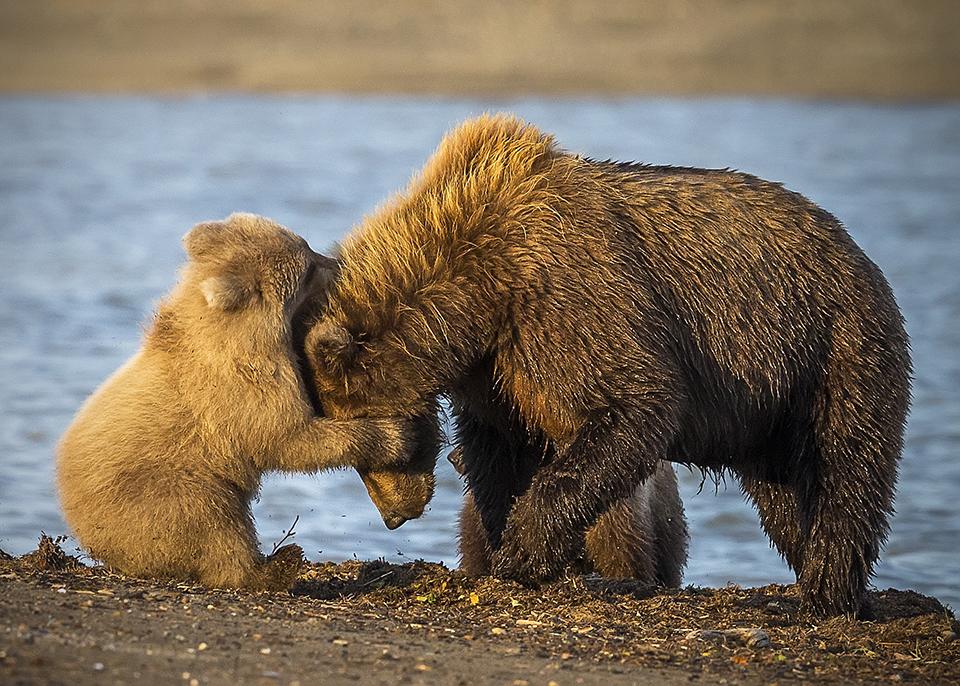
Playing with Mommy, Lake Clark National Park and Preserve / Rebecca Latson
2. ____ percent of brown bears in the United States live in Alaska.
a) Sixty-five
b) Seventy-five
c) Eighty-five
d) Ninety-five
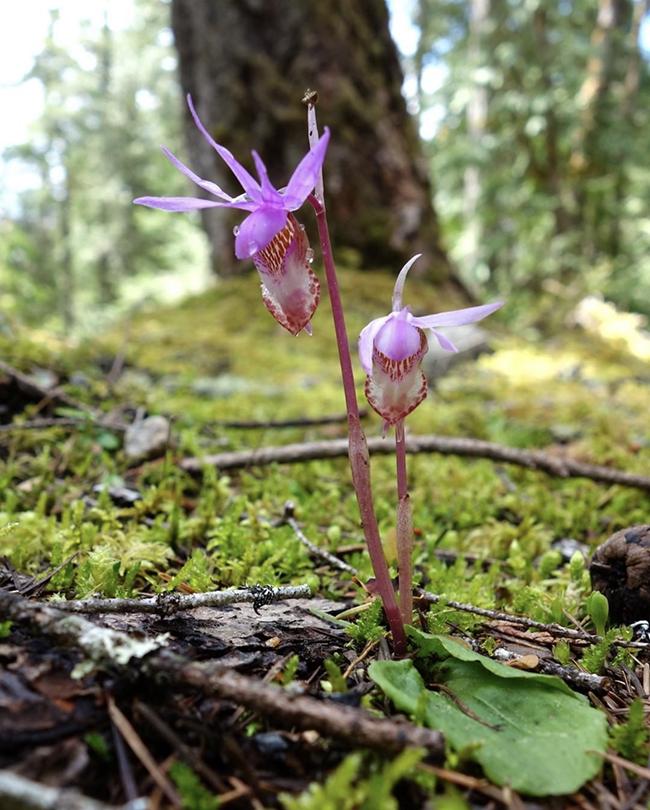
A lovely little spring bloom, Mount Rainier National Park / National Park Service
3. During the spring, most of Mount Rainier National Park is still covered in snow. However, down in the lower elevations around Longmire and Ohanapecosh, you can see wildflowers like trillium, skunk cabbage, and the lovely flower in this image, known as ___.
a) Calypso orchid
b) Ghost orchid
c) Snowy orchid
d) Tuberous grasspink
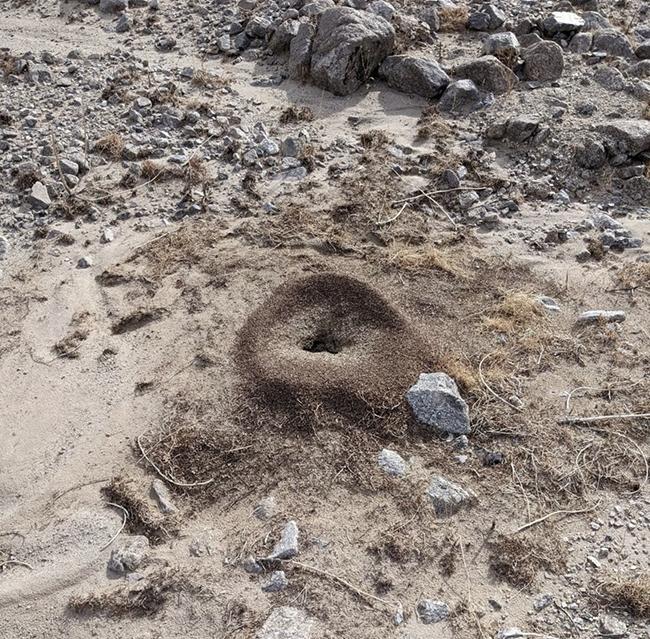
What kind of ant hole is this? Death Valley National Park / NPS - Heather van der Grinten
4. In Death Valley National Park, the nests of ___ ants can be identified “by an iconic ring of plant matter around a hole.
a) Fire
b) Carpenter
c) Harvester
d) Red wood
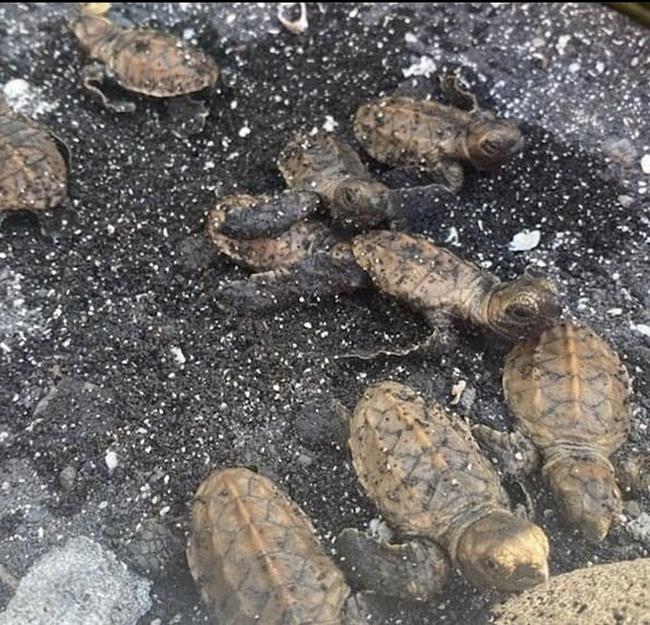
Honu'ea hatchlings, Hawai'i Volcanoes National Park / National Park Service
5. The honu’ea is also known as the ______.
a) Kemp’s ridley sea turtle
b) Leatherback sea turtle
c) Hawaiian hawksbill turtle
d) Loggerhead sea turtle
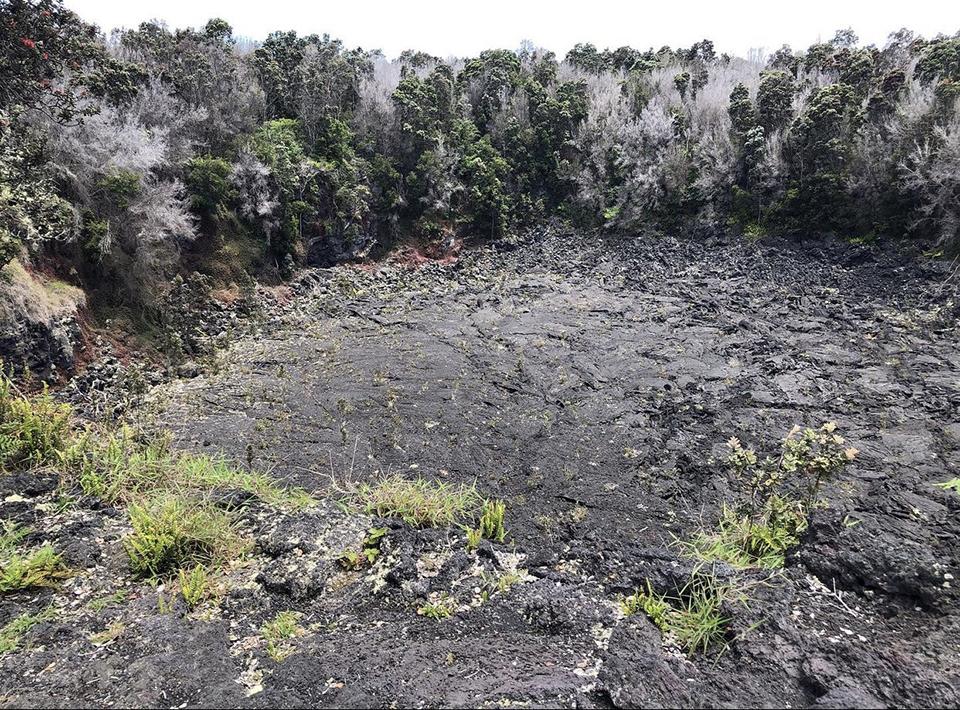
Luamanu, Hawai'i Volcanoes National Park / NPS - J. Ferracane
6. Luamanu (“bird crater”) is also known as a _____.
a) Mini crater
b) Pit crater
c) Basalt crater
d) Chain crater
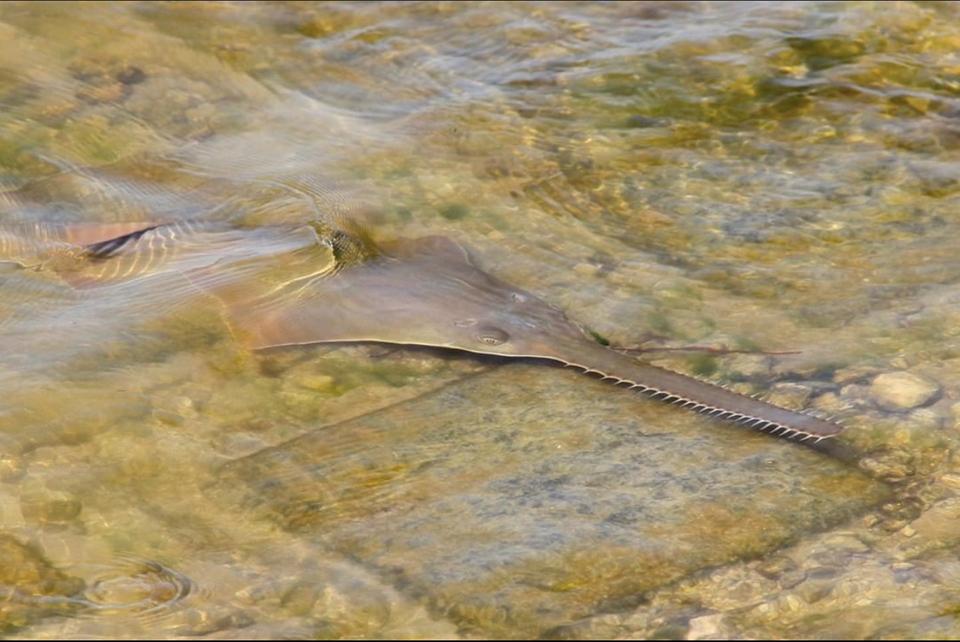
Smalltooth sawfish, Everglades National Park / NPS - Crystal Lewis
7. True or False: the smalltooth sawfish you might see in Everglades National Park is a ray fish.
a) True
b) False
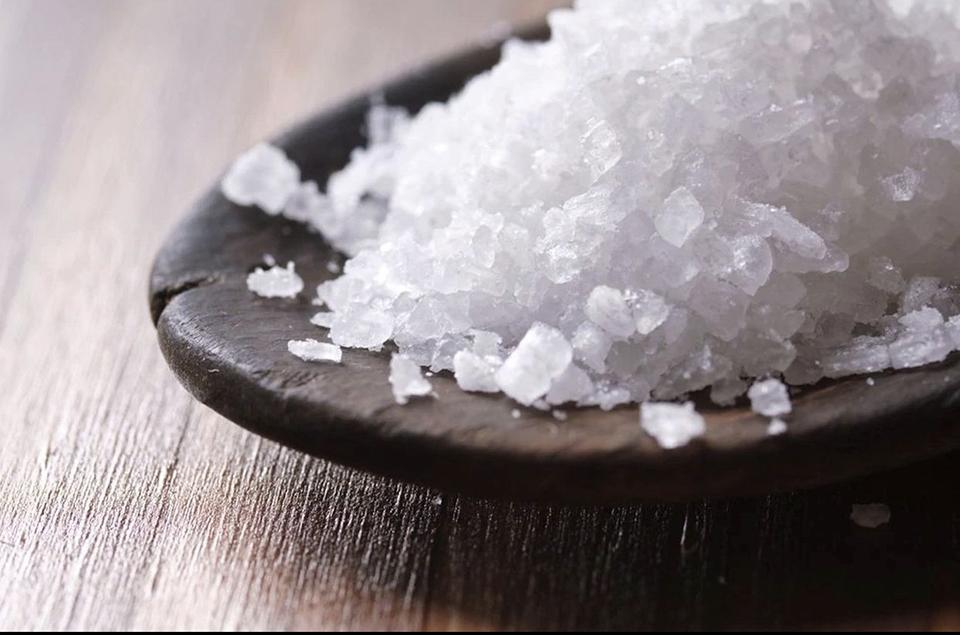
Glauber's salt crystals, Lewis and Clark National Historic Trail / Creative Commons 2.0
8. For their expedition out to the Pacific Northwest along what is now the Lewis and Clark National Historic Trail, Captain Meriwether Lewis “purchased six pounds of ‘salts,”’ which would have been more specifically known as Glauber’s salt.” True or False, Glauber’s salt is what is now known as Epsom salt.
a) True
b) False
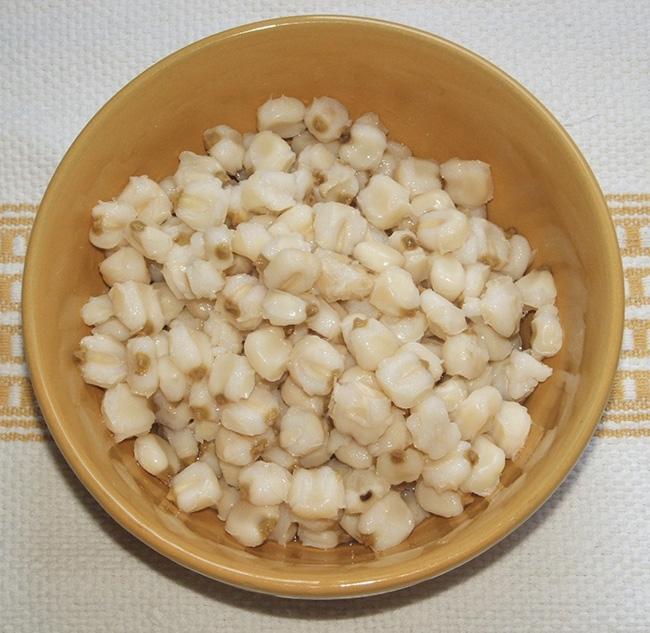
A bowlful of hominy, Lewis and Clark National Historic Trail / CC-BY SA 3.0 - Glane23
9. Let’s stick with Lewis and Clark for a bit longer. “Expedition members frequently ate hominy or grits for breakfast.” True or false: Hominy is typically made from sweet corn.
a) True
b) False
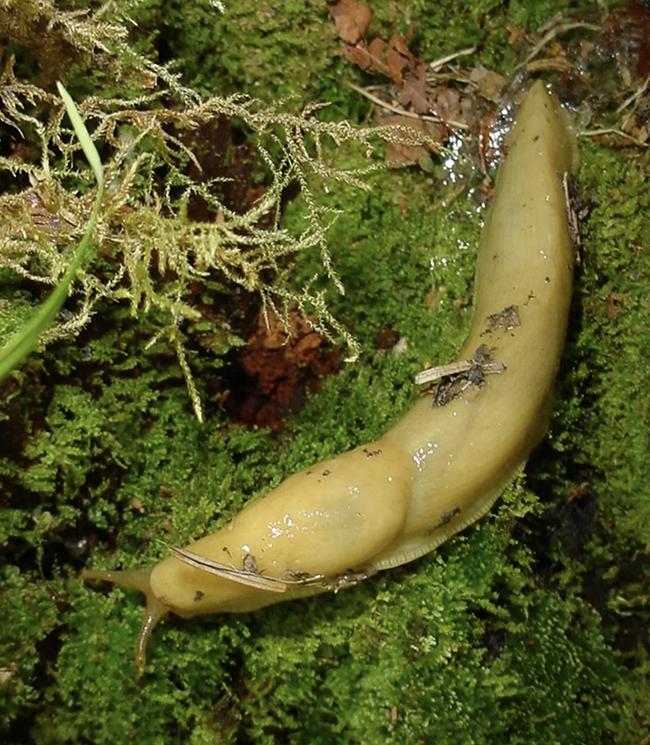
A banana slug, Olympic National Park / National Park Service
10. If you’ve ever seen a banana slug during a visit to Olympic National Park, then you’ve seen the slimy trail it leaves behind. True or False: slime is a liquid crystal.
a) True
b) False
Trivia
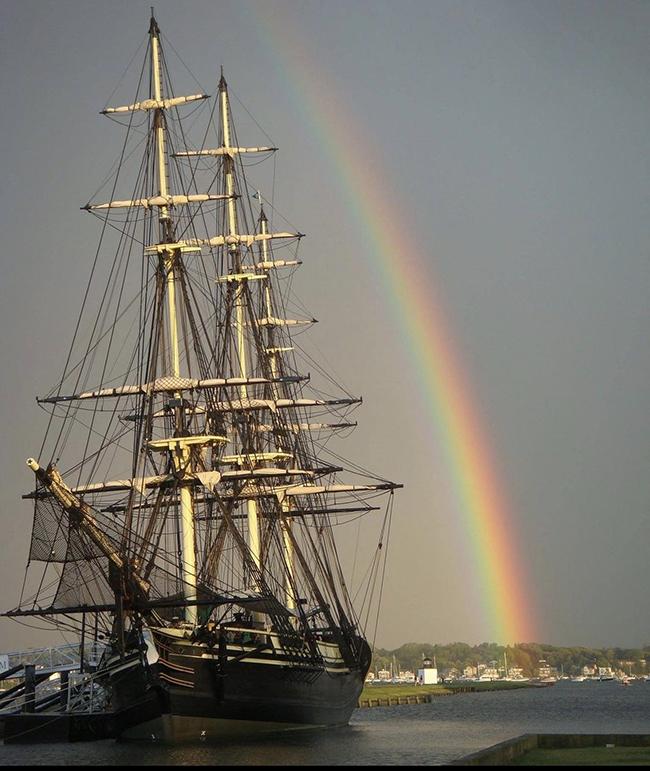
The Friendship of Salem 171-foot replica of the 1797 Friendship East Indiaman, Salem Maritime National Historic Site / National Park Service
“Salem, Massachusetts was a national leader in maritime trade during the 18th and 19th centuries. Salem crews transported local products like timber and dried salt cod fish on long and dangerous trips, trading them at ports all around the globe … Voyages could last from a few months to well over a year. On larger ships, the crew would include specialized workers, including cooks, carpenters, and sailmakers. Most day-to-day work was overseen by the first and second mates. A specialized job, a ship’s supercargo was the owner’s representative and conducted business and trading in port. You can learn more about maritime heritage at many coastal parks, including Salem Maritime National Historic Site and San Francisco Maritime National Historical Park.”
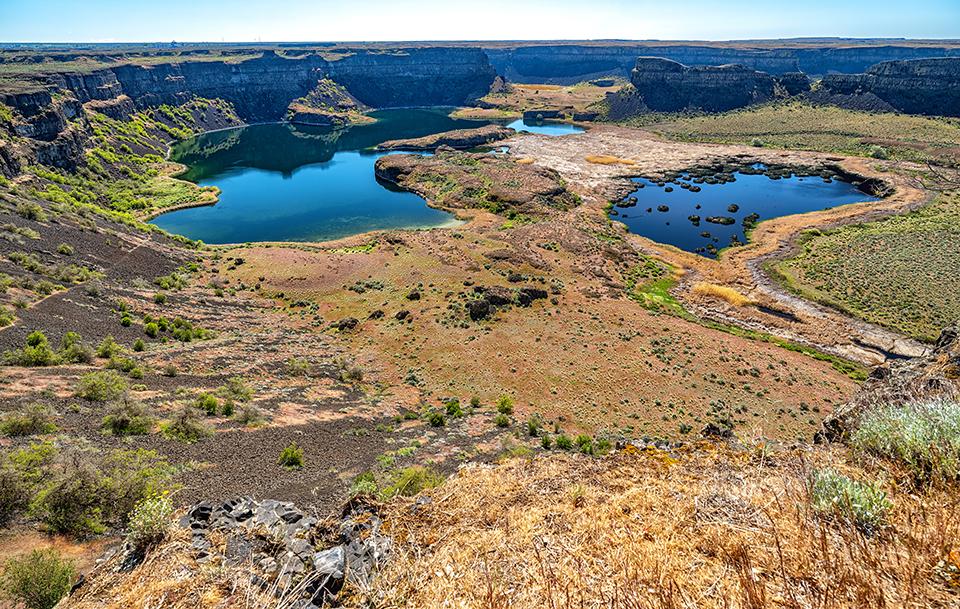
Dry Falls vista, Channeled Scablands, Ice Age Floods National Geologic Trail / Rebecca Latson
If you ever decide to road trip along the route of the Ice Age Floods National Geologic Trail, you’ll probably visit Dry Falls in Eastern Washington at some point. Imagine Niagara Falls, which is considered the most powerful waterfalls in North America. Thousands of years ago, there was a waterfall that overshadowed Niagara in size and sheer power, and that would be what is now known as Dry Falls, “the skeleton of one of the greatest waterfalls in geologic history. It is 3.5 miles (5.6 km) wide with a drop of more than 400 feet. By comparison, Niagara, 1 mile wide with a drop of only 165 feet, would be dwarfed by Dry Falls.”
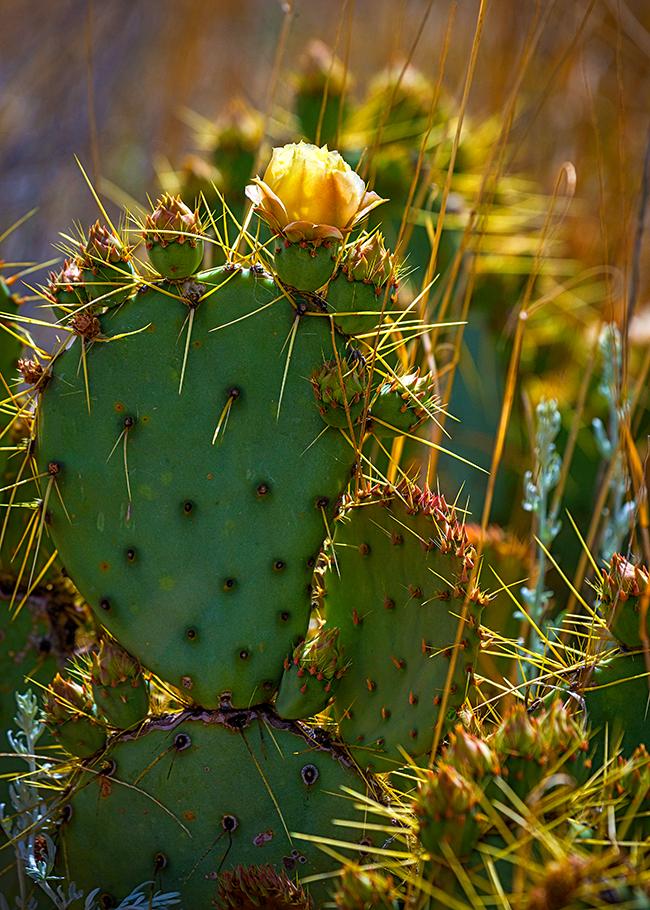
Afternoon light on a prickly pear cactus, Big Bend National Park / Rebecca Latson
If you happen to be visiting a park unit in the American southwest, like Big Bend National Park or Zion National Park, then one of the cacti you will spot is the prickly pear cactus. Not only does this cactus have beautiful blooms in the springtime, but it’s “been used as a source of food, medicines, and even dyes for many peoples going very far back in history. The pads of the prickly pear are eaten in a variety of ways, and you may recognize the term ‘nopales’ from Mexican cuisine. The tast of the pad is somewhat bitter, but also has a light citrus flavor to it as well. The spines must be removed before consuming, otherwise the only thing you’ll be tasting is pain. Cactus pads can be used in dishes like eggs, tacos, soups, and salads. Many people have compared the flavor green been but with a hint of citrus.” And, of course, you know that if you see a prickly pear cactus (or any other cactus) in a national park unit, you should look but not touch.
Quiz Answers
1d
“Because most of the mountains in Denali National Park are higher than 3,000 feet (914 meters), and in northern areas like these the timberline -- the edge of an area at which trees are capable of growing -- is between 2,000 (610 meters) and 3,000 feet (914 meters), the park is virtually treeless.”
2d
Ninety-five percent of brown bears in the United States live in Alaska. To learn more about brown bears, click here. You can also learn about Katmai National Park and Preserve brown bears here, and Lake Clark National Park and Preserve brown bears here.
3a
Also known as the fairy slipper, Calypso orchids are tiny, with pink-purple flowers. They are often hard to spot in the moss carpeting of the forest floor, and their root systems are delicate and damage easily. If you go looking for this orchid, please watch your step.
4c
“Nests of harvester ants can be identified by an iconic ring of plant matter around a hole. Underneath the ground, their tunnels can go as deep as 25 feet and can contain millions of stored seeds. These ants also give back to their local community – other insect species pick through the “trash piles” outside of their nests for discarded seeds and other nutrient-rich material.”
5c
“The honu’ea, or Hawaiian hawksbill turtle, is an endangered sea turtle averaging between 75 and 150 pounds (34 to 68 kg) and lives in Hawaiian waters Late May is the start of their nesting season, which lasts through December, and females come ashore to nest on remote beaches in Hawai’i Volcanoes National Park and other areas.”
6b
Luamanu is a pit crater, “one of 17 pit craters in the East Rift Zone of Kilauea. Nearly 50 years ago, lava from a fissure eruption to the east of Luamanu flowed across Chain of Craters Road into the pit crater, pouring 50 feet of lava into Luamanu. You can still see the high lava mark before the lava recededback into the ground!” To learn more about Hawai’i Volcanoes National Park’s Chain of Craters Road, click here.
7a True
“Although shark-like in appearance, smalltooth sawfish are actually rays, since their mouths and gills are found on the underside of their bodies. They were once found in the Gulf of Mexico from Florida to Texas and along the east coast from Florida to North Carolina. Their distribution has dramatically decreased over the last century due to habitat loss associated with coastal development and accidental capture in fisheries. Today, the species is only found off the coast of Florida. In 2003, the smalltooth sawfish was the first marine fish to receive federal protection aas an endangered species under th Endangered Species Act.”
8b False
Glauber’s salt, which is actually sodium sulfate, should not be confused with Epsom salt, which is magnesium sulfate. Glauber’s salt has “laxative properties first identified in a hot spring in Hungary by Johan Glauber. Two to four teaspoons of salt with eight ounces of water would be a standard dose” used by Lewis and Clark at the time.
9b False
Hominy is typically made from yellow or white field corn. “The kernals are dried, then soaked in an alkali solution of lye or calcium hydroxide which removes the hull and germ so the corn is easier to grind and cook. This process, known as nixtamalization, also causes the kernals to release nutrients, including B3 … Cooked hominy kernals can then be eaten like corn or mixed into corn-based dishes, such as succotash. Hominy, since it’s corn, has a mild, earthy-sweet taste similar to corn, but the nixtamalization process brings out a nutty flavor and gives it a fluffy-yet-chewy texture.”
10a True
“Slime is a liquid crystal, a goo that has properties of both liquid and solid materials. Instead of producing pre-hydrated slime, the slug produces dry granules of mucus, which then absorb several times their weight in water. For slugs, slime plays an important role in water retention, movement, defense, and nutrition.”
References
In addition to the NPS.gov park websites and Instagram park accounts, the following was used for reference.
https://play.howstuffworks.com/quiz/denali-national-park-quiz



Add comment